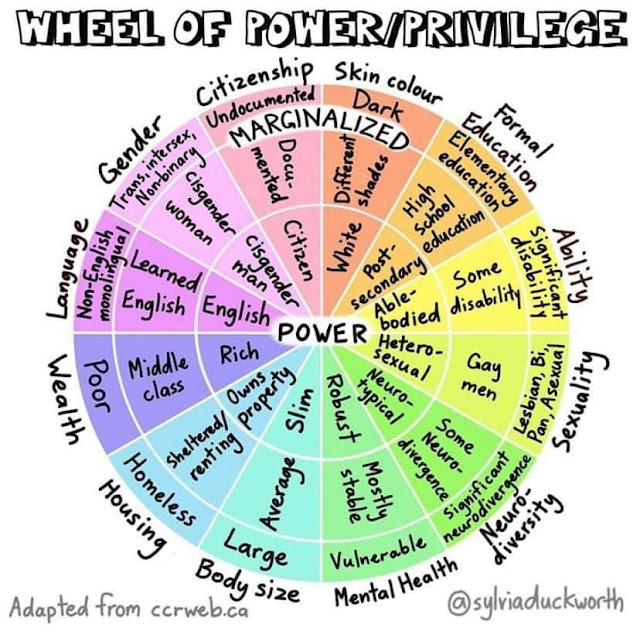Ruth King on white affinity groups
"It is not enough to think we can simply get a racially diverse group in one room and "hash it out"--many of us have been there and done that to no avail. We show up with good intentions, but we are afraid, unclear, unskilled, angry, and cautious, all of which get in the way of us connecting and being real. And with regularity, we put our foot in our mouths and then become frustrated or belligerent, or just shut down.
There is no shift in consciousness around race without the determination that relating to each other makes possible. However, given the unintended harm caused from unawareness and cumulative impact when we gather across races, we need a different way to explore the ignorance and innocence of our racial conditioning and racial character with those of our same race. I recommend racial affinity groups (RAGs) as an ongoing forum for investigating and transforming our individual and collective habits of harm.
In a RAG, we put ourselves in intentional spaces with people of our same race, where we can be safe enough to be vulnerable, challenged, and unedited; to examine the stories we have been told and the stories we tell ourselves; to lean toward what is unfamiliar and away from what is habitual; and to understand what is difficult to acknowledge, feel, and attend to within us and among us as a racial group.
RAGs offer a structure of inquiry and can address many needs. They support us in exploring what has been forbidden, forgotten, and unhealed. For example, in a RAG, white people can discover together their group identity. They can cultivate racial solidarity and compassion and support each other in sitting with the discomfort, confusion, and numbness that often accompany white racial awakening. They can also discern white privilege and its impact without the aid of or dependence on POC [people of colour]. White people who have formed RAGs report that they recognized their shared history, as well as the impact that their privilege has had on other races and on each RAG member.
...
In a RAG we have the opportunity to share our experiences and histories, examine our impulses, reinterpret meaning, and see clearly our role in racial harming and healing. Such groups support us in being more vulnerable and in grieving the ignorance, shame, and disgrace that often accommodate racial inquiry.
A RAG brings us into clear intention and is a critical step in developing, from the inside out, racial intimacy, literacy, and skillfulness. To separate into same-race groups, in this sense, is not intended to divide us but rather to leverage the fact that in relative reality we are racially divided. In a RAG, we use separation to more deeply understand this conditioning.
RAGs are fundamental to transforming habits of harm and to healing racism. Regardless of how you identify racially, no one is exempt from the need to intimately examine racial conditioning.
...
I encourage groups to make a minimum of a yearlong commitment, meeting at least monthly for no less than three hours. The following structure could be useful in your RAG meeting:
- 30 minute silent meditation
- 60 minute sharing and discussion
- 15 minute gratitude and reflections
- 15 minute silent meditation
- 15 minute next steps discussion
Group tasks should be shared or rotated, including sending reminders, determining meeting topics, leading guided meditations, guiding discussions, and scheduling. Sharing responsibility supports group kinship and cohesion.
Make coming together as simple as possible. In the first few meetings, as the group is still forming, I encourage members to simply meditate together, share intentions, and explore how to best support each others' commitments. Initially, the focus should be on listening and connecting. ... Take the time for the RAG to establish consistency and stability among its members before taking more vulnerable risks."
chapter 13, "The Wake-up Call", from Mindful of Race, Sounds True, 2018.



Comments
Post a Comment